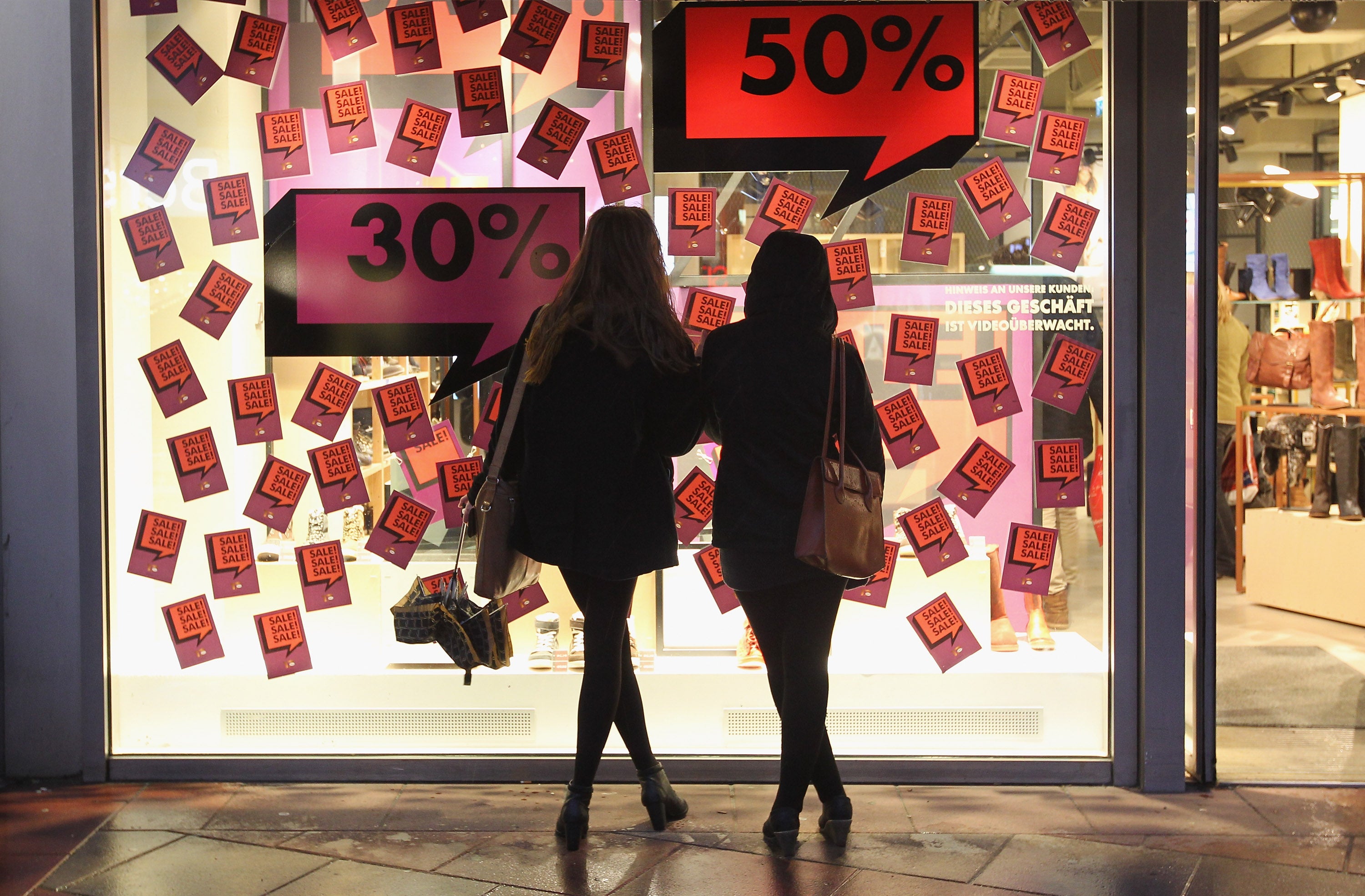Tempted to try a no-buy year? Here are tips from people successfully doing it
People who start no-buy challenges at the beginning of the year can struggle to keep it going

Whether you find yourself with an addiction to shopping or simply want to save more than you are currently, no-buy challenges are an easy way to change the status of your finances.
The rules of the challenges are simple: You make a list of items that you no longer want to spend money on, and attempt to stick to it for a certain amount of time.
The trend, which has increased in popularity in recent years, often sees people commit to no-buy challenges as a New Year’s Resolution. However, the best part of the trend is you can start, or stop, whenever you see fit, with some opting for a no-buy year, while others just push themselves to follow a no-buy month.
“I commend anyone who realizes they’re just buying too much because North America is very consumer-focused and there’s too much waste,” said Carrie Rattle, the CEO of financial coaching company Behavioral Cents.
According to experts, the first step is thinking about what you’d be better off living without. To help achieve your no-buy goals, these are some recommendations from experts and people already participating in the challenge.
Identify your weakness
Whether it’s makeup, ordering takeout food or buying unnecessary trinkets in the $1 section at Target, knowing your vulnerabilities will help you make a realistic plan for staying on track.
Before starting her no-buy year, Mia Westrap, a PhD student in Southhampton, England, took a close look at what she spent money on during the previous few months. She decided that unnecessary food and beverages were her weakness.
“I figured out that I was spending four figures on just carbonated drinks and Pepsi Max,” she said.
Make your own rules
One of the fun parts of a no-buy challenge is that there are no set rules, as individuals choose what to include and exclude.
Amea Wadsworth, 22, from San Diego, California, used to love spending hours looking at clothes and quirky knickknacks at Target and Goodwill. But when she moved back home after graduating college, she realized how many things she had accumulated through the years.
“When I have those decluttering moments and I look through all my stuff, I was finding things that I bought and spent a lot of money on and then never ended up wearing,” Wadsworth said.
For her challenge, she chose to not buy new clothing items and prioritized spending on experiences with her loved ones. Wadsworth also started her challenge by doing it month by month.
Writing down the rules that fit your needs may help you stay on track. However, it’s also fine to tweak some of the rules as you move along in your experience.
Take a pause
Finances are very connected to emotions, and emotions sometimes can make you feel like buying something you don't need. When Wadsworth feels an impulse to get something she saw on social media or at a store, she writes it down instead of immediately purchasing the item.
At the end of the month, she reviews the list and decides what, if anything, is still worth buying.
“I look back and I see how many things I wrote and I’m like: ’I’m glad that I didn’t buy that because I really didn’t need it,’” Wadsworth said.
If you impulse buy, it might be helpful to write down the things you want to purchase and take some time to think further about the utility of the item.
Unsubscribe and unfollow
Between pop-up promotions and influencers shelling new merchandise, social media can be a trigger for unnecessary shopping, according to Courtney Alev, a consumer financial advocate at Credit Karma.
If you think screen time is compounding your overspending habit, Alev recommends taking a break from following accounts that bring on the urge to pull out a credit card.
Be gentle with yourself
When Westrap began her no-buy year, she felt like the universe was conspiring against her. Her car broke down one month, and the next she received an expensive fine for an overdue parking ticket she was unaware of. Unexpected expenses or weak moments happen to everyone, which is why it’s important to remember it’s okay if you don’t follow your no-buy year rules exactly as you had planned.
“If you fail, you probably need a bit more help. You are not a failure. You have simply failed at one method,” Rattle said. “And that’s really important because I don’t want people to feel dejected.”
Bookmark popover
Removed from bookmarks